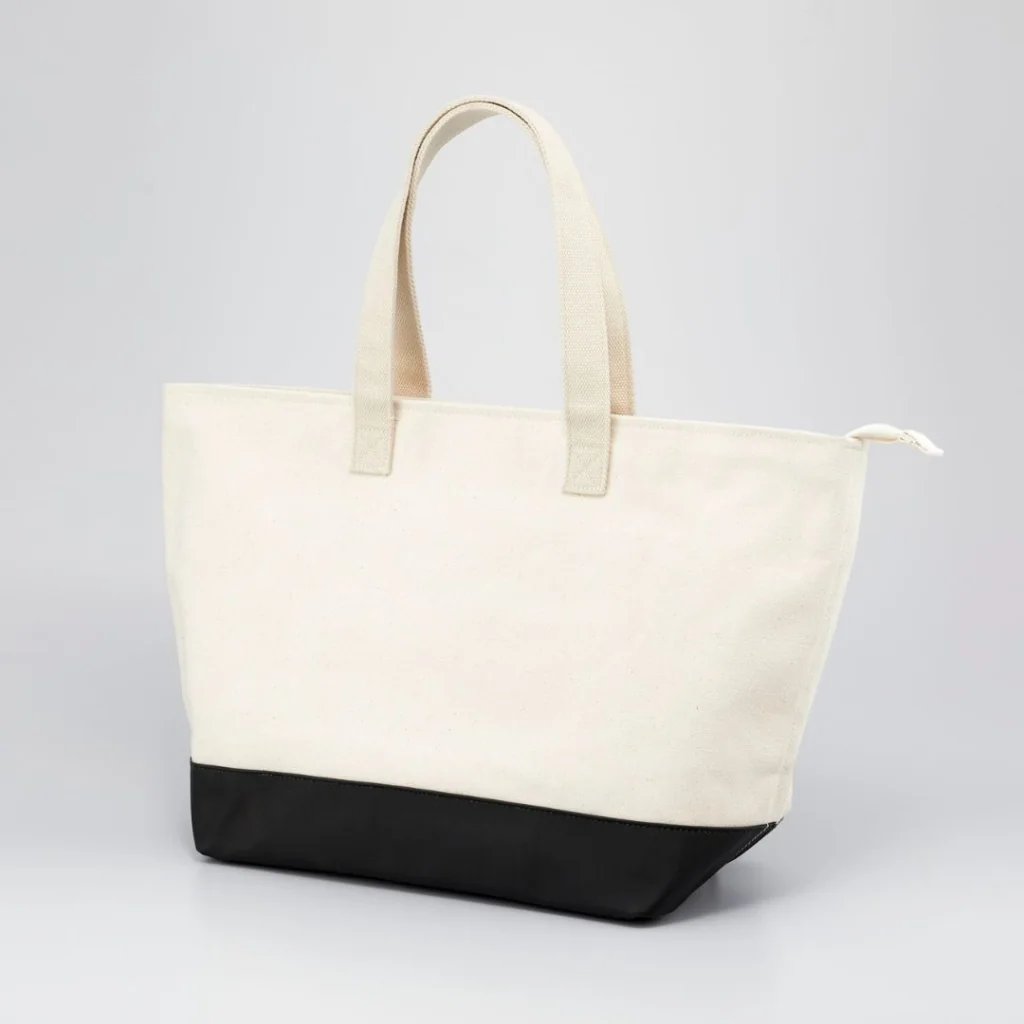Overview:
Sewing dissent: When bag makers incorporate the hardware and design of a Hermès bag, are they infringing on design trademarks? How might consumer surveys stitch together a case?
Trademark infringement and intellectual property disputes over luxury handbags are recently in the news. Courts and regulators must draw distinctions between what is protected under the First Amendment as creative expression and the trademark protections afforded to brands. Brands must also decide where and when they defend their IP.
A Boatkin, A Birkin
Jen Risk is a 41-year-old self-taught seamstress and founder of the Hathaway Hutton brand. Risk takes luxury brands and products and reworks them—creating, for example, Goyard luxury totes featuring the band The Grateful Dead’s hand-painted skull signature logo.
In January, Risk created a new mash-up combining the signature L.L. Bean canvas tote, the Boat and Tote, with the Hermès Birkin bag, calling it the Boatkin. The L.L. Bean tote is a staple in New England during the summer and associated with boating in Nantucket, Martha’s Vineyard, and the Cape, just as the Birkin handbag is associated with the ultra-elite. The Boatkin bag has the look and feel of the L.L. Bean tote, but in the Birkin shape, with similar hardware and a price tag in between the two “parent” bags. As temperatures rose this year, so did demand for the Boatkin—and among IP circles, so did the debate over where parody, homage, and infringement intersect.
What if Hermès Filed a Claim?
As of this writing, no litigation appears to have been filed about the Boatkin. But when one designer or brand uses the protected designs of another, trademark disputes may arise. Hermès, the fashion house whose Birkin bag is referenced by the Boatkin, could bring a claim of trademark or trade dress infringement and/or dilution by blurring under the Lanham Act.
In that claim, Hermès could potentially argue that the hardware, design and/or name of the Hathaway Hutton Boatkin create a likelihood of confusion regarding that bag’s source, or any sponsorship or approval by Hermès. The company could also argue that even without consumer confusion, the Birkin trade dress may be diluted or blurred by the “Boatkin,” or that the association with Birkin could harm the brand’s image of exclusivity.
Hathaway Hutton could counter that the First Amendment protects the “Boatkin” as expressive commentary rather than a commercial imitation. Parody is covered under the fair use doctrine that applies to trademarks, and indeed, Hathaway Hutton’s Risk described her bags to the New York Times as “quiet luxury with a smirk.” The First Amendment protects expressive commentary, parody, and humor. However, First Amendment protections have limits. In the case of Jack Daniel’s Properties v. VIP Products (2023), the Supreme Court held that when a parody product functions to identify the source of the goods, First Amendment protections may not apply. As a result, manufacturers like Hathaway Hutton may not be able to rely on a First Amendment defense.
Measuring Distinctiveness, Clearing Confusion
Parties to trademark disputes often submit consumer survey evidence to prove or disprove claims about the likelihood of confusion, the likelihood of dilution, or fame and awareness. In the hypothetical Boatkin litigation, the stakes would be not only commercial, but also have to do with commentary on consumerism. Should we protect property or parody? Who deserves protection?
If Hermès were to allege trademark infringement, consumer surveys could measure whether consumers mistakenly believed that Hermès makes the Boatkin, that the Boatkin is licensed or approved by Hermès, or that Hermès is affiliated with Hathaway Hutton. If the fashion house alleged trademark dilution, a likelihood of dilution survey could measure whether consumers associate the junior user (the Boatkin) with the senior user (the Birkin). If the case alleged trademark dilution, the parties could also consider a fame survey to measure whether the general public widely recognizes the Birkin, a prerequisite for those making a claim for trademark dilution.
Conversely, Hathway Hutton could submit survey evidence that supports a First Amendment defense. This type of consumer perception survey would measure whether consumers perceive the product as humorous, satirical, or critical and whether the product is understood as an artistic expression versus a source identifier. Consumer recognition of parody or satire can bolster expressive use claims under Rogers v. Grimaldi, which has become increasingly discussed after the Jack Daniel’s Supreme Court decision.
Measuring Consumer Perception
Whether you are a counter-culture commentator sewing new meaning into handbags or a centuries-old fashion house, surveys measuring consumer perception are a timeless strategy when involved in a trademark infringement case. Law firms, brands, and regulators enlist the support of MMR Strategy Group, an IMS Legal Strategies company, for consumer research to provide evidence in trademark disputes.
